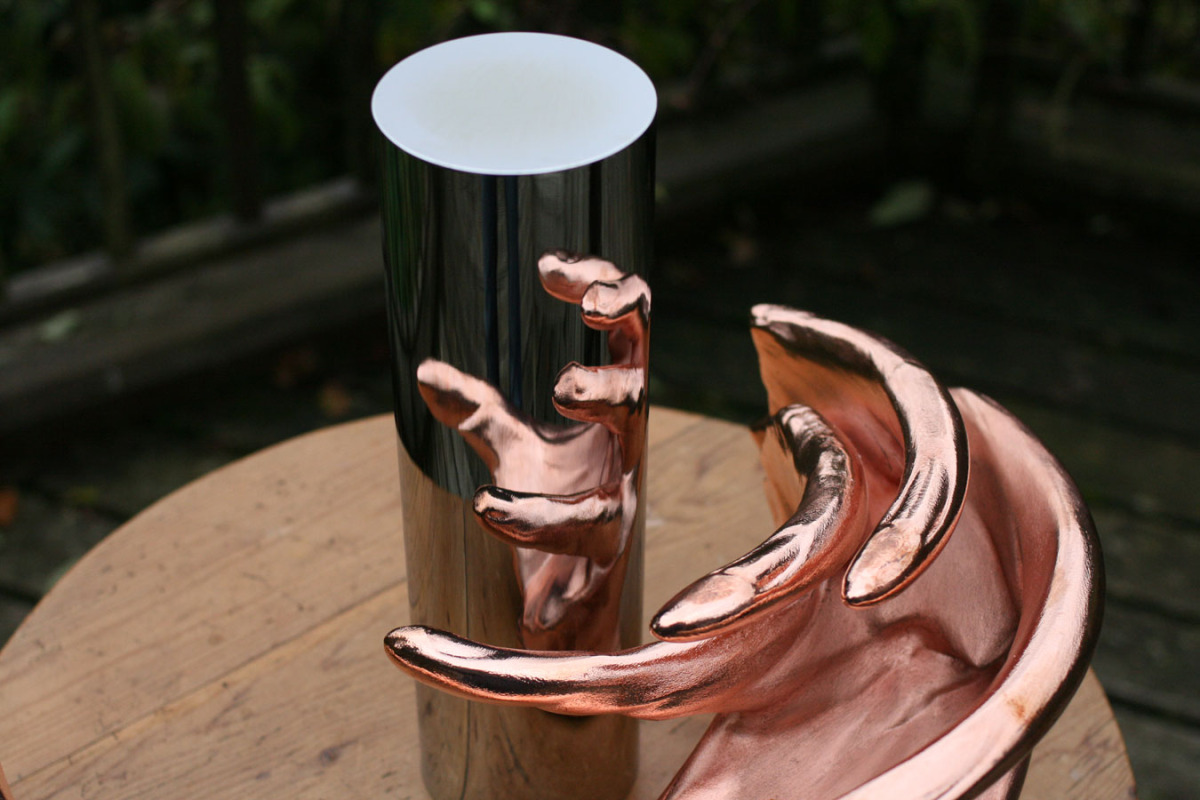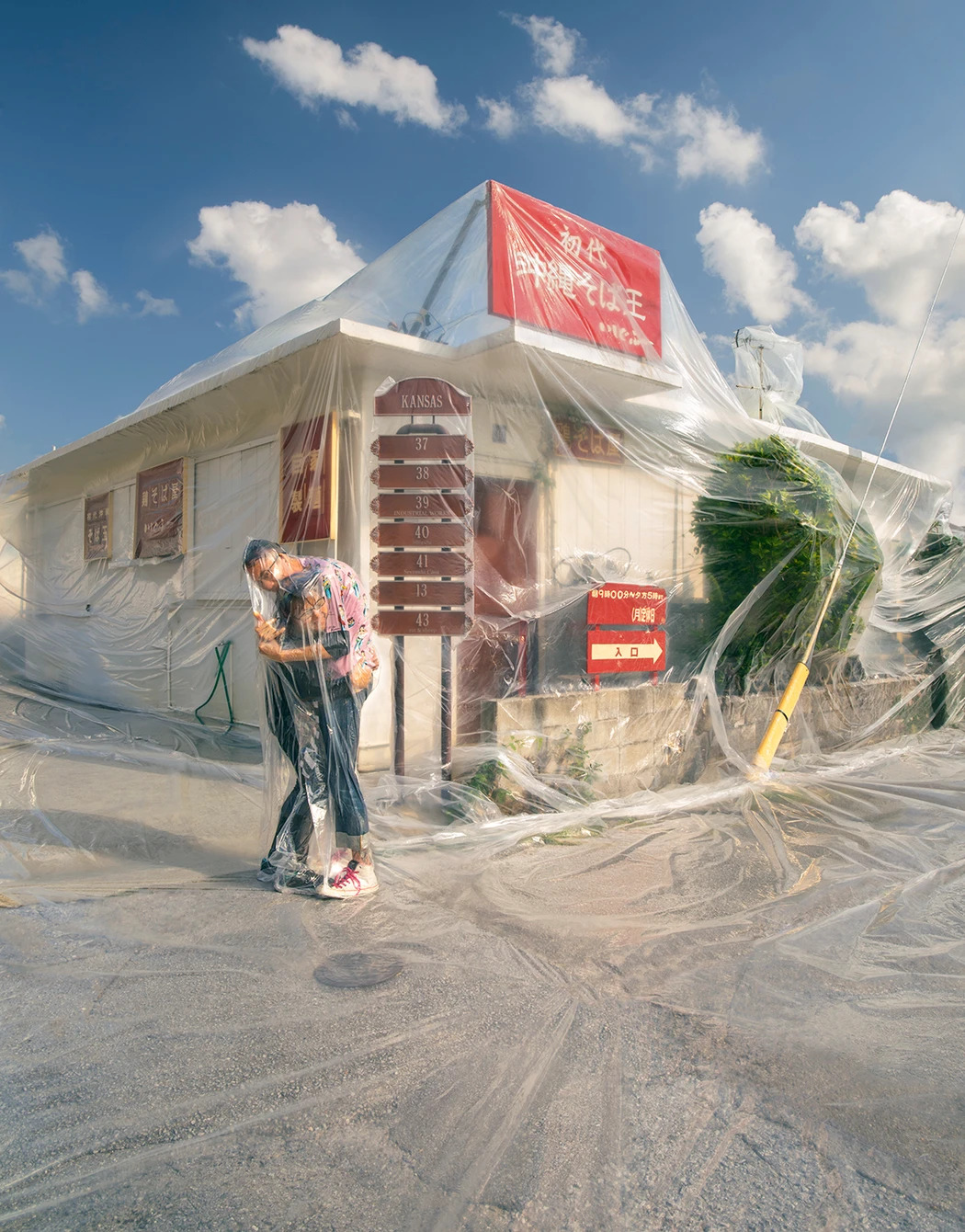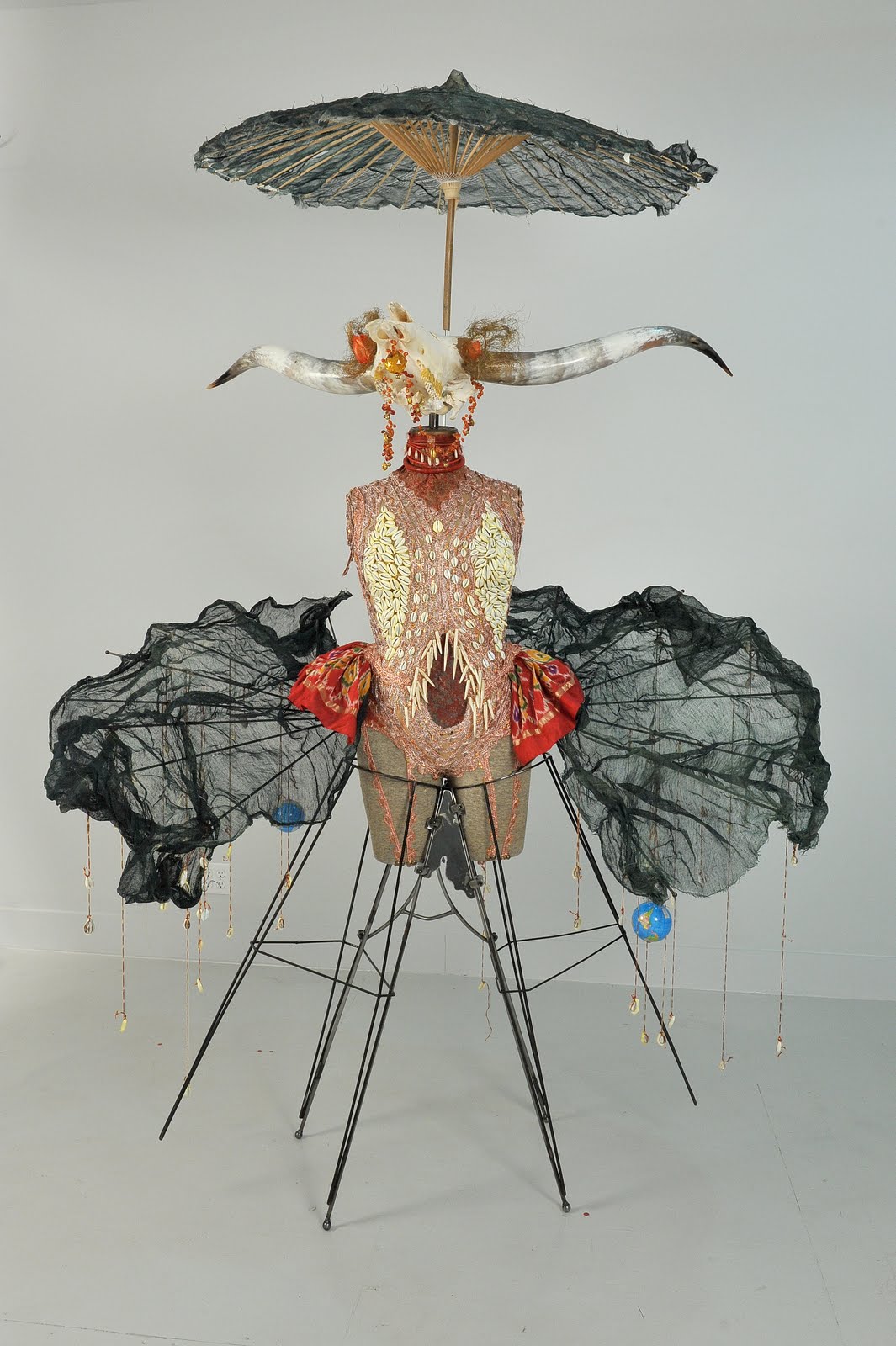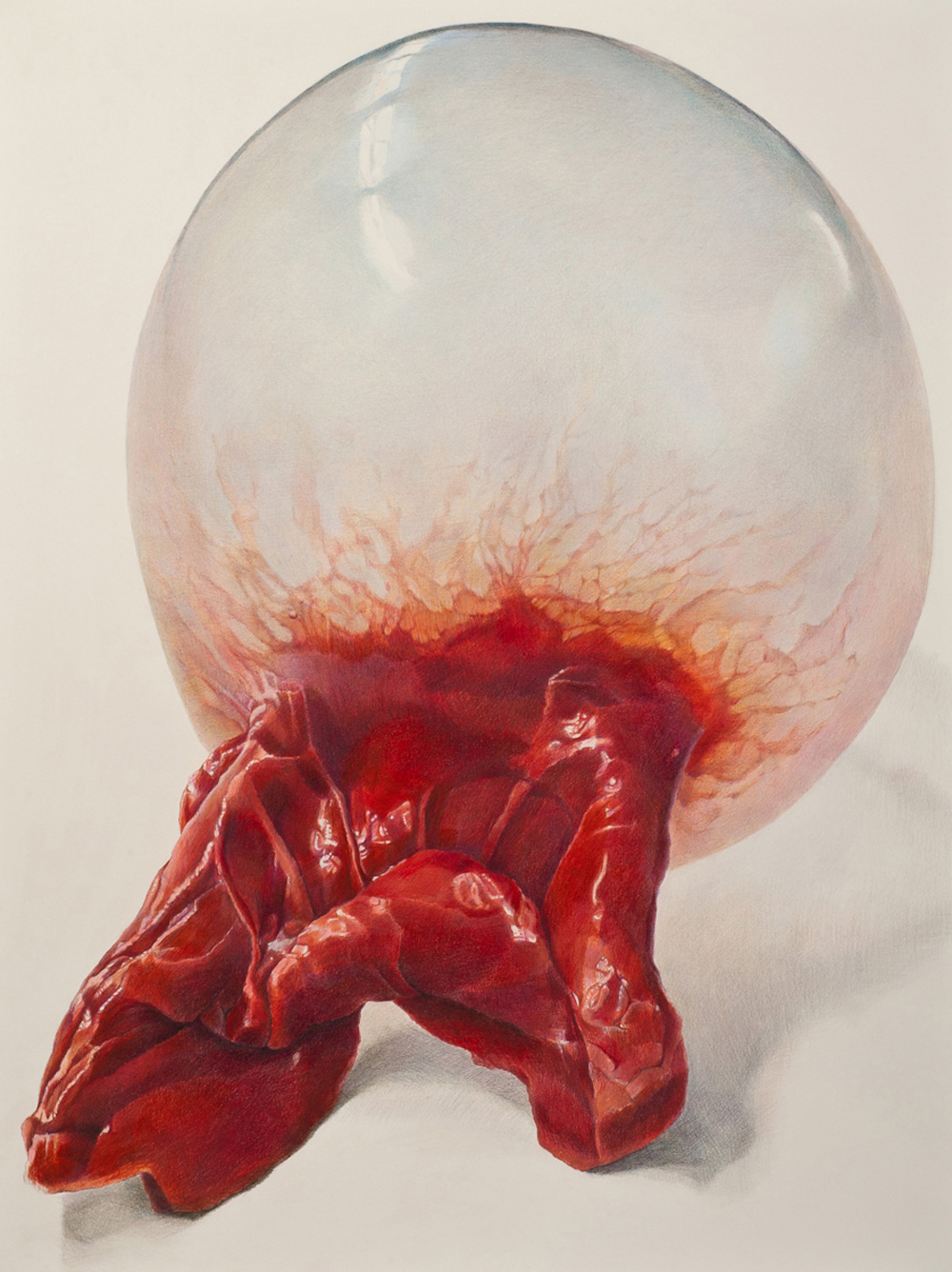
Jonty Hurwitz
Anamorphic sculpture
London-based artist Jonty Hurwitz creates amazing anamorphic sculptures that can only be seen in their own reflections. In fact, without the mirror cylinder, most of his pieces would look like rubbish.
To create these sculptures, Jonty first scans a three-dimensional object, then uses computational software to come up with new physical forms.
“Finding that line between art and science is the underlying motivator in my art life,” says Jonty. “At heart I’m an artist scientist archetype that loves projects and people. Each of the art works and ventures on this site represent a part of what I am.”













